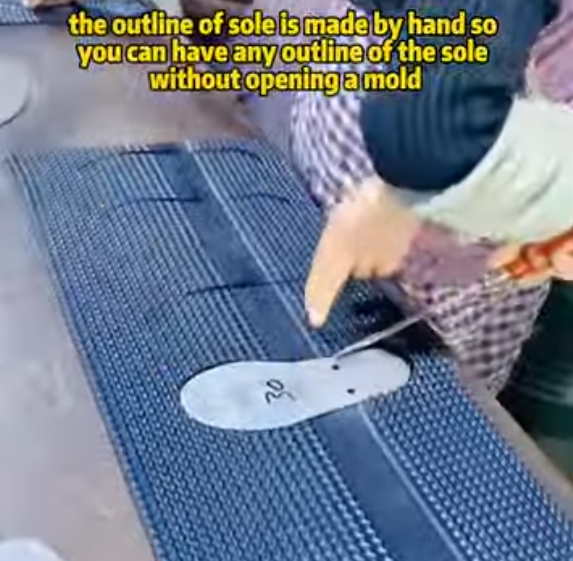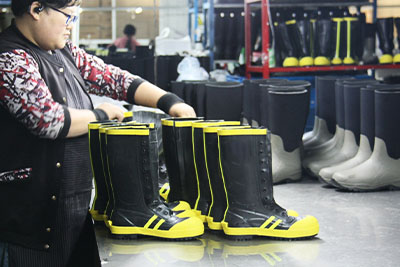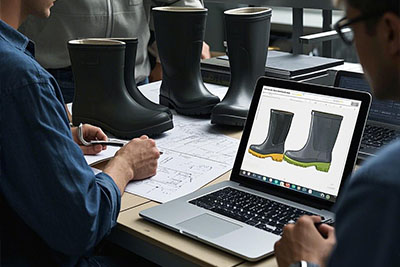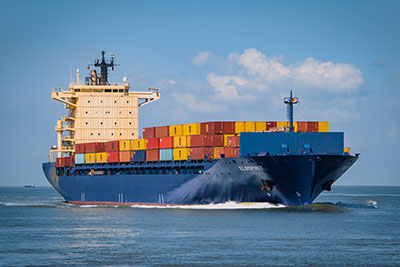Calendar Rubber Soles: Benefits, Manufacturing Process, and Why They’re Ideal for Boot Production
Overview
In the busy world of footwear making, picking the right rubber sole can make a huge difference. If searching for calendar rubber soles, calendered sole manufacturing, or types of rubber boot outsoles, this is the spot. Calendar rubber soles, also called calendered soles, bring nifty perks like toughness, bendiness, and low cost. They’re a top pick for boot makers. This guide dives into the calendered sole process, compares it to molded and cemented soles, and shows why it’s great for businesses starting in the rubber boot world.
Whether a new footwear business or an experienced maker, knowing rubber sole types for boots can boost production and improve quality. Let’s jump into the details.Click here for our video introduction.
What Are Calendar Rubber Soles?

Calendar rubber soles are a favorite outsole made through a special rolling process with a calender machine. Unlike other rubber boot outsoles, calendered soles come from feeding natural or synthetic rubber through tight rollers. This makes thin, even sheets with embossed patterns for grip and texture.
This method, often called calender sole production, ensures soles are sturdy, waterproof, and slip-proof—key for boots used in outdoor, work, or rainy settings. The bendiness of calendered soles lets them fit various foot shapes without needing custom molds. This makes them super handy for vulcanized rubber boot manufacturing.
Key features of calendar rubber soles include:
- High stretch and wear resistance: Great for long-lasting shoes.
- Custom patterns: Ready-made textures for better grip on wet or dry ground.
- Eco-friendly options: Works with green rubber compounds for earth-friendly production.
In the footwear world, calendered soles are loved for fitting all lasts, cutting the need for pricey tools.
The Calendar Sole Manufacturing Process: Step-by-Step
The calendar rubber sole process is quick and scalable, perfect for makers wanting high volumes without big upfront costs. Here’s how it works:
- Material Preparation: Natural rubber or synthetic mixes are blended with additives like sulfur for vulcanization. This ensures strength and bendiness.
- Calendering: The rubber mix goes into a calender machine with carved rollers. These rollers squash and roll the material into thin sheets, adding patterns right on.
- Vulcanization: The sheets are cured with heat and pressure to boost toughness. This makes soles waterproof and resistant to wear.
- Cutting and Shaping: Sheets are cut to size. Outlines are hand-trimmed to fit specific lasts, allowing custom fits without molds.
- Quality Inspection: Soles are checked for even thickness, grip, and bonding strength before boot assembly.
This process beats stiffer methods like molding, offering faster turnarounds and less waste. For businesses wanting custom rubber boot soles, calendering gives flexibility while keeping quality steady.
Advantages of Calendar Rubber Soles in Footwear Manufacturing
Why pick calendar soles over others? Their perks are super appealing for the boot industry, where performance and cost matter.
Cost-Effective Production Without Molds
Calendar soles fit all lasts without needing custom molds. Molded soles need costly dies for each design, which can be tough for startups. With calendered soles, hand-shaped outlines cut tooling costs by up to 70%. This makes quick prototyping easy, to boot.

Great Durability and Performance
Calendered soles shine in waterproof rubber sole uses due to their dense build from rolling. They offer awesome anti-slip features, perfect for safety work boots or outdoor wellies. Footwear studies show calendered rubber lasts 20-30% longer than basic cemented soles.
Versatility and Customization
Available in various patterns via ready-made rollers, calendar rubber soles allow easy tweaks. Makers can pick treads for specific uses, like deep lugs for mud or fine grooves for city wear. This supports ODM and OEM boot production, helping brands stand out without big R&D costs.
Environmental and Economic Benefits
Using green rubber sources, calendered soles fit eco-conscious trends. Their efficient process cuts material waste, lowering costs for bulk orders.
In short, for rubber sole perks in boots, calendar types offer unmatched bendiness, making them a smart choice for scalable manufacturing.
Calendar Sole vs. Molded Sole vs. Cemented Sole: A Detailed Comparison
To plan the best shoe sole manufacturing, compare calendered soles with molded and cemented options. Each has unique pros and cons based on production needs.
|
Sole Type |
Manufacturing Process |
Key Advantages |
Disadvantages |
Best For |
|
Calendar Sole |
Rolled sheets via calender machine, hand-trimmed |
Low cost, fits all lasts, customizable patterns, durable, waterproof |
May need manual trimming for precision |
Startups, custom boots, flexible production |
|
Molded Sole |
Injected or compressed into custom molds |
Precise shapes, high strength for heavy-duty use, seamless integration |
High mold costs, less flexible for variations |
Mass production of uniform designs, safety boots |
|
Cemented Sole |
Glued to upper at room temperature |
Lightweight, quick assembly, versatile materials (e.g., EVA or rubber) |
Less durable, prone to peeling, not great for wet conditions |
Casual footwear, low-impact shoes |
Key Insights from the Comparison:
- Calendered vs Molded: Molded soles give better shock absorption for tough boots but need big mold investments. Calendered soles are more adaptable, great for boot sole customization without high costs.
- Calendered vs Cemented: Cemented soles are cheaper at first but lack the long life of calendered ones, especially for waterproof uses. Calendered soles offer better grip and resist peeling.
- Industry data shows calendered soles cut production time by 40% compared to molding, making them efficient for rubber outsole manufacturing.
For boot makers wanting affordable rubber soles, calendar types hit the perfect balance.
Why Calendar Rubber Soles Are Ideal for Starting a Boot Business
Starting a footwear business with limited cash? Calendar rubber soles are a game-changer. Their mold-free process cuts startup costs, letting focus go to design and marketing. With monthly outputs hitting 150,000 pairs in advanced factories, they’re scalable for global exports.
Plus, diverse pattern options support fresh products like fashion rain boots or kids’ wellies, meeting standards like EU REACH for world markets.
Partner with Handan Trendy Boot and Textile Co., Ltd. for Your Business Needs
Ready to boost boot production with expert calendar rubber sole manufacturing? Handan Trendy Boot and Textile Co., Ltd., a top vulcanized rubber boot factory since 1958, specializes in ODM and OEM services for high-quality wellies and safety boots. With a 20,000 sqm facility, over 260 skilled workers, and a monthly capacity of 150,000 pairs, they offer customizable calendar soles that fit any last—perfect for startups with limited capital.
Their QUAD-GUARANTEED products ensure durability, sustainability (GRS and FSC certified), and on-time delivery to over 50 countries. Whether needing vulcanized calendar soles for anti-slip treads or full boot customization, their team provides free sample revisions and flexible options like Pantone colors and textured finishes.
Contact them today at info@trenboot.com or visit www.trenboot.com to discuss your project. Start an inquiry now and use their expertise in custom rubber boot soles to turn boot ideas into reality!









